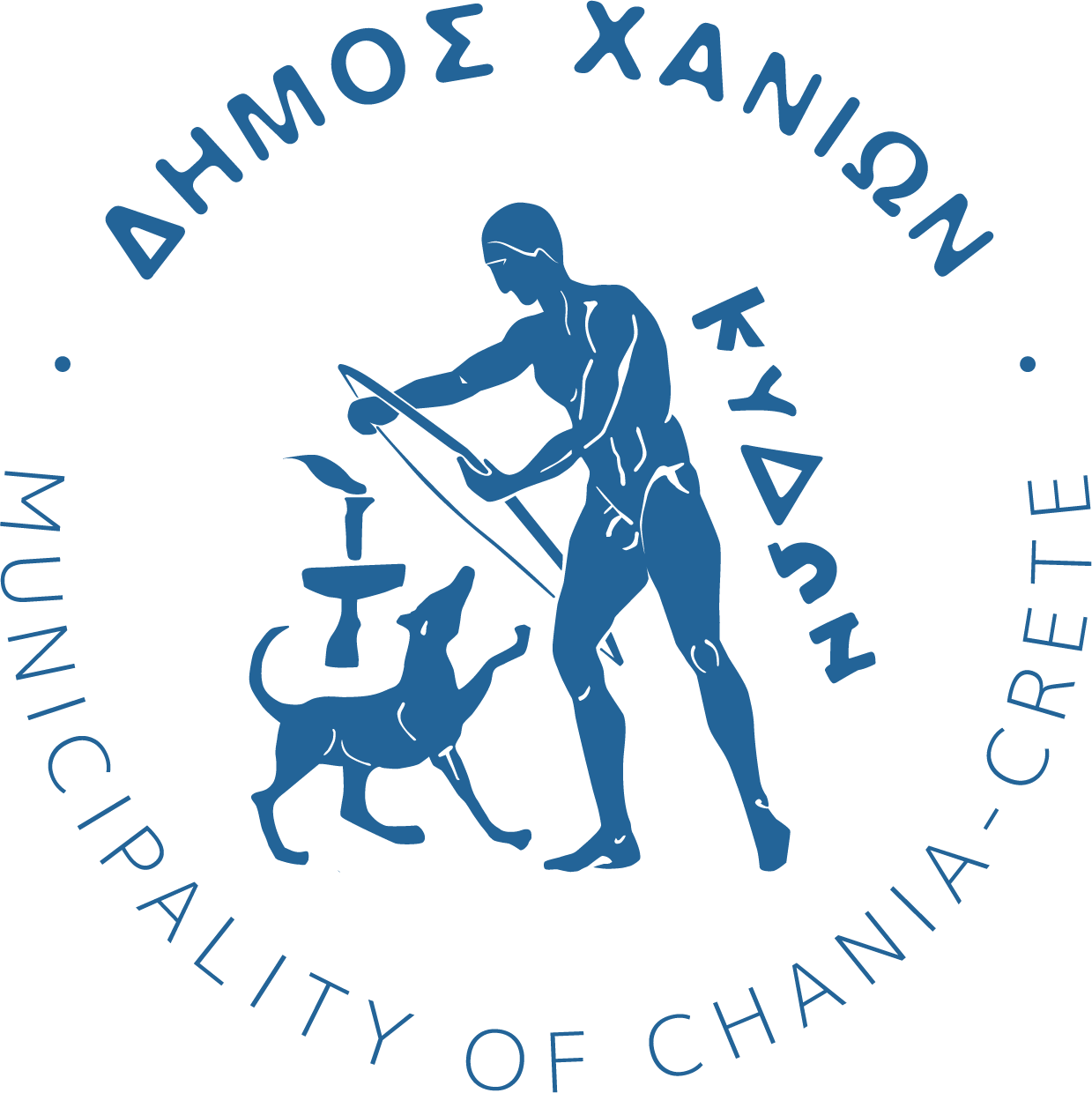The Jewish quarter of Chania was located in the northwest of the city, behind the port. Its main street was today’s Kondylaki Street, where there were the houses of prominent Jews. The Synagogue of Kehal Hayyim is preserved along Kondylaki Street. Gerola, based on Coronelli’s map, identifies this Synagogue with the church of Agia Catherine and accepts that it was a Synagogue in a second use.
The building is single vaulted, and to the south it has two small spaces associated with the Jewish ritual. All the Jews of Chania were exterminated in World War II, when the ship they were on sank off the coast of Chania.
After the occupation of the city of Chania by the Turks (1645) a new situation was formed. Turks live mainly in the eastern districts of Kastelli and Splantzia. The Christians have their residences mainly in the Topanas district, in the northwest of the city, named after the Venetian powder magazine (Turkish: Top-Hane) at the beginning of Theotokopoulou Street.
At the end of the 19th century, the district has fine houses and narrow streets but also preserved Venetian buildings that “maintain the atmosphere of medieval silence and half-light, which helps in retrospection and reminiscence”. Formerly the Consulates of the Great Powers were located there, before being transferred to Chalepa. Now the various centres of the waterfront are offered for the social gatherings of Chanians, with the band playing on festive days.
On the northwestern side of Topkhanas rises the fortress of Firka (military unit, division).
“A fairly spacious barracks, very well maintained, occupies the inner part of the old fortress, resting on the old walls. And under these walls spreads a spacious and beautiful, but still unkempt square, the curbs of which are wetted by the tired waves of the sea. Some nice houses rise to the left of the old fortress and a nice brewery with the current name of Aktaion is the biggest competitor of the Municipal Garden, as the center of Chania. In that Aktaion where Klonaridou beer is offered in the summer, with the music of the flame covered the dissonances of a rested violin and a long-suffering piano, the summer evenings are spent by Chaniots debating and Chaniotissas graceful and elegant.




